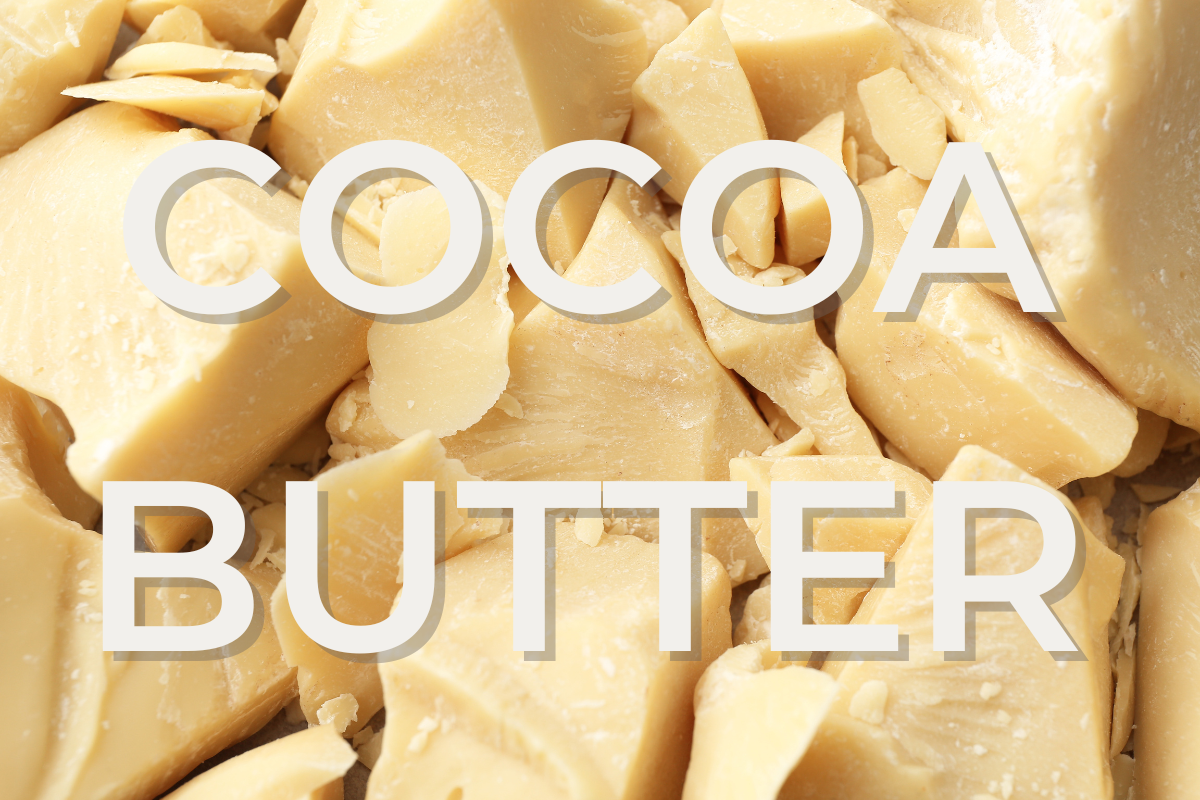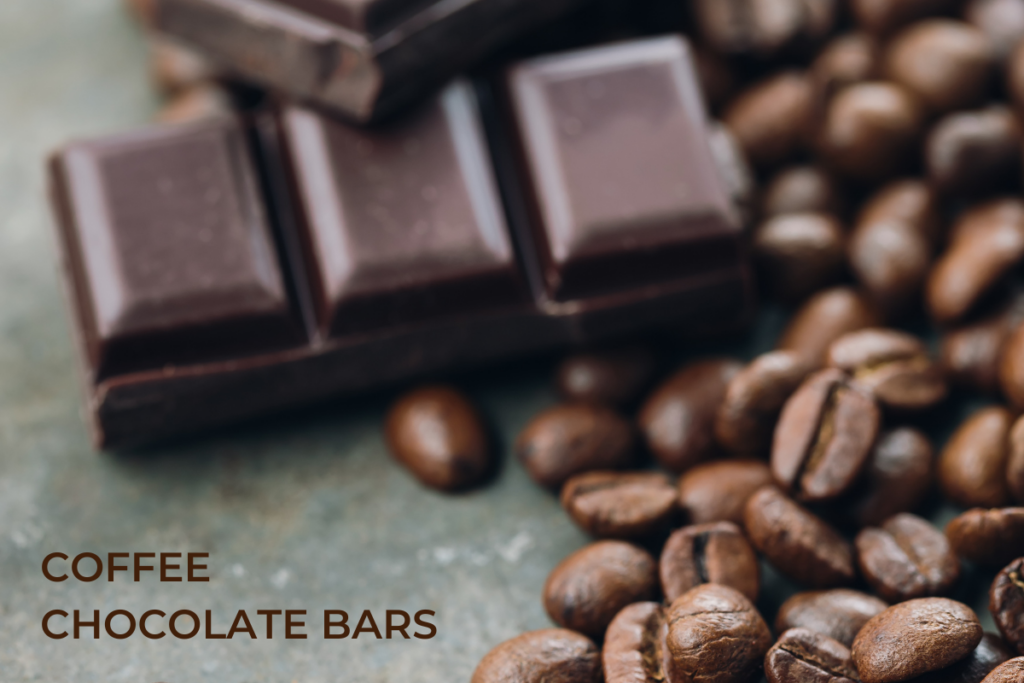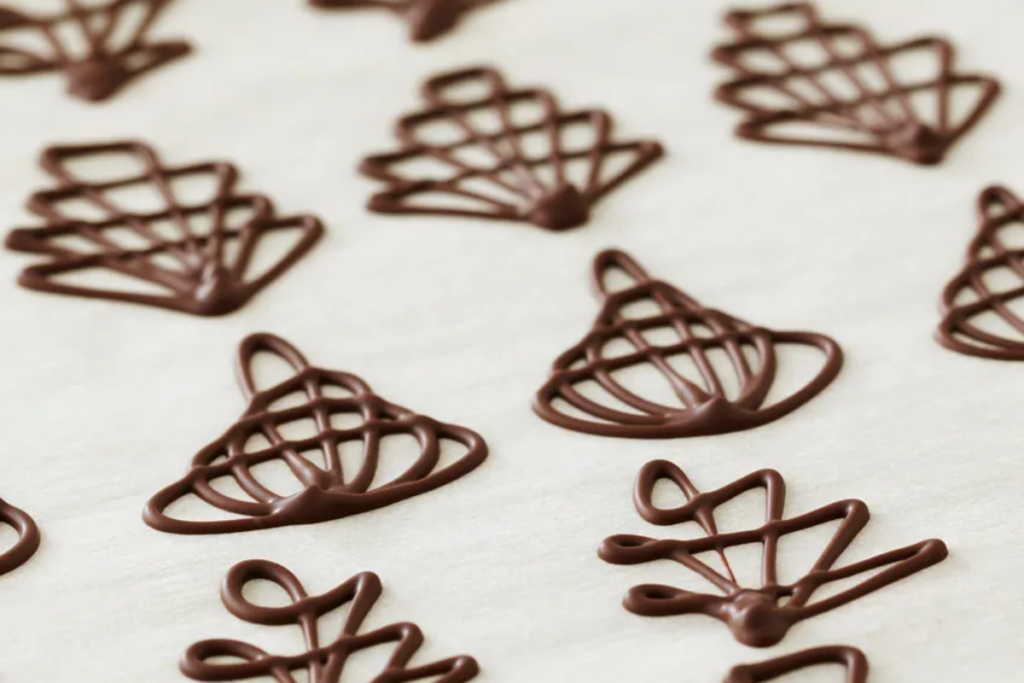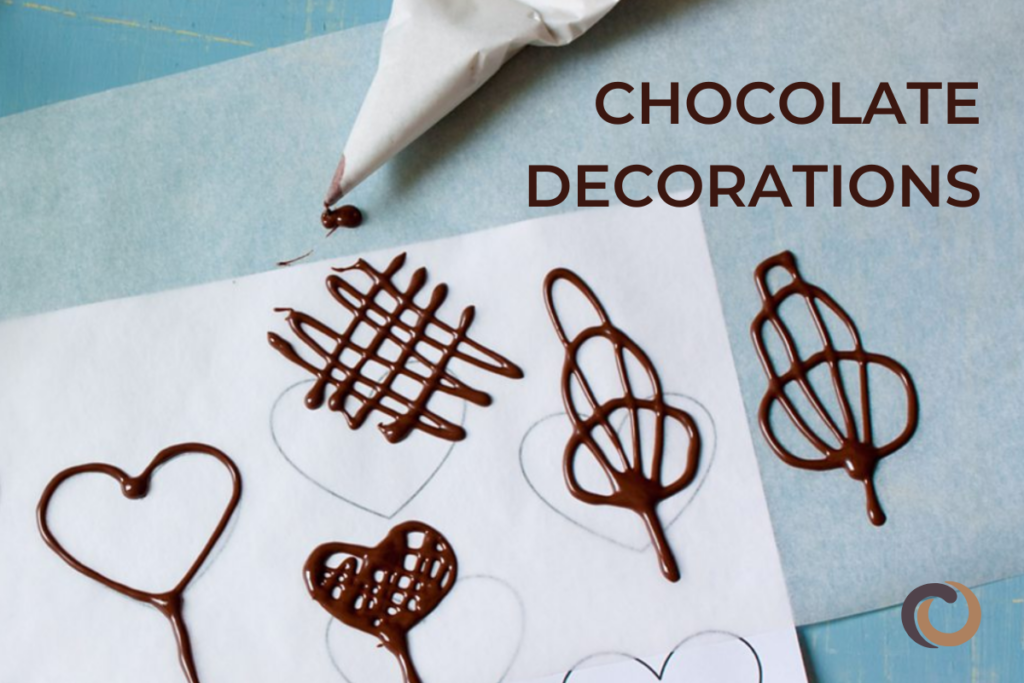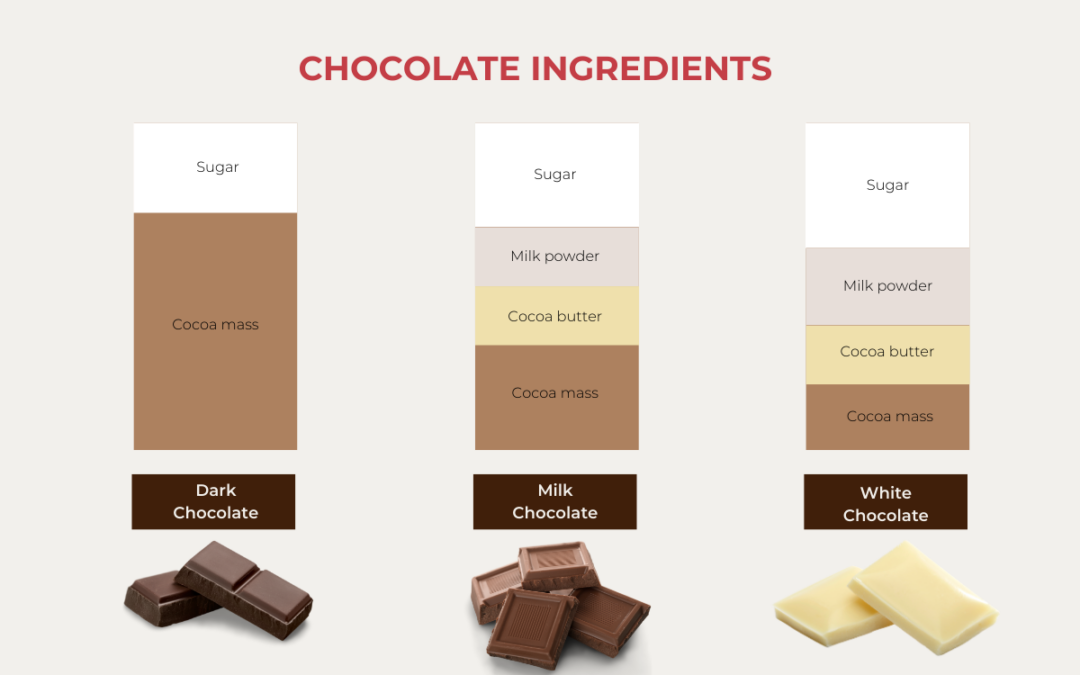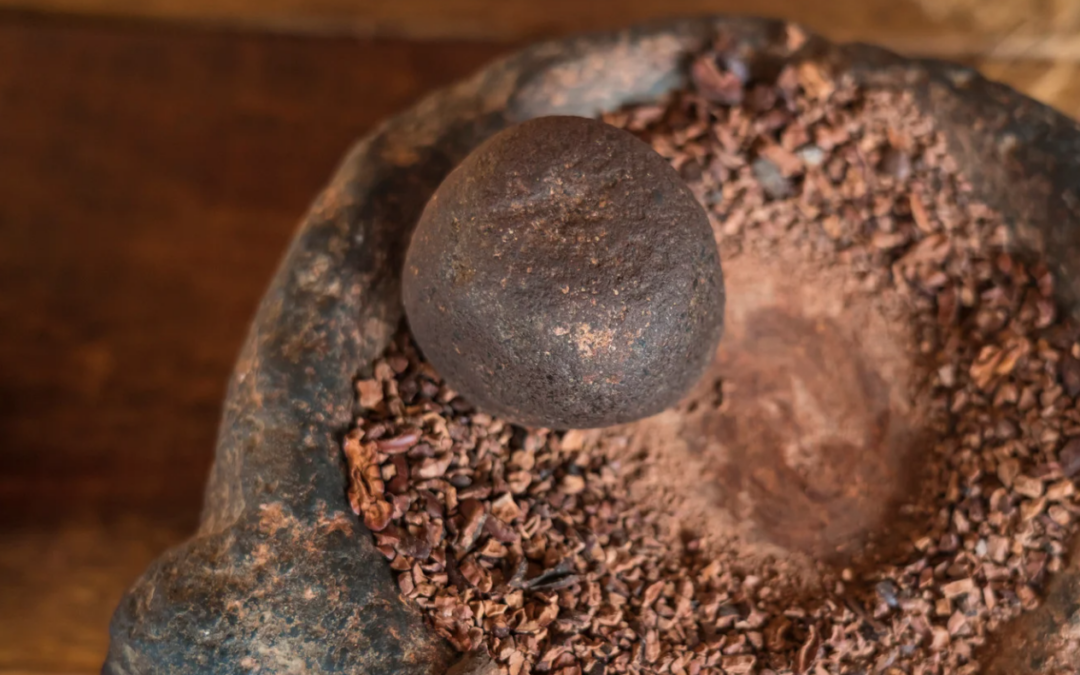Welcome to Cocoa Butter 101. In this article, we’ll explore the wonderful world of cocoa butter, a versatile ingredient known for its rich, creamy texture and numerous benefits.
From its origins in the cocoa bean to its uses in chocolate, skincare and cooking, we’ll cover all there is to know about cocoa butter. Whether you’re curious about its health properties or looking for tips on how to incorporate it into your daily routine, you’re in the right place. Let’s dive into the fascinating facts and benefits of this beloved natural product!
What is cocoa butter?
Cocoa butter is a unique vegetable fat derived from cocoa beans. Cocoa beans are approximately 50% cocoa butter (the remainder of the cocoa bean is called “cocoa solids”). It has an antique white to pale yellow color when solid and turns a clear, light yellow liquid when heated. Unlike many common vegetable oils, such as corn, olive, and peanut oil, cocoa butter is a solid at room temperature. It has the unique property of melting near body temperature which is what makes chocolate such a wonderful textural treat. Like chocolate, cocoa butter will start to melt at temperatures above 90°F (32°C).
It is mainly made up of fatty triglycerides, which consist of glycerol and three fatty acid chains. About 35% of cocoa butter is composed of oleic acid, another 35% is stearic acid, and around 25% is palmitic acid. This combination of fats is what gives chocolate its rich and creamy texture.
Cocoa butter is also what gives chocolate its structure. Chocolate is a suspension of particles (cocoa solids, sugar, milk powder, etc.) floating in cocoa butter. These particles become embedded in a cocoa butter matrix once the suspension cools and cocoa butter crystalizes. Cocoa butter is a polymorph, which means that it can crystallize into six different structures. And depending on how the cocoa butter is cooled from liquid to solid, it can form a variety of structures. Tempering is the process of controlling the molecular structure of cocoa butter during the crystallization, or solidification, process so that one form predominates (Form V).
Just like chocolate, cocoa butter can also be in tempered and untempered form. Tempered cocoa butter can be used to simplify the tempering process of chocolate (which can be a tricky technique). The most common method is by the simple addition of cocoa butter silk to your batch of chocolate.
How cocoa butter is made?
Cocoa butter is extracted from cocoa beans through a multi-step process. All the initial steps are the same as those used in chocolate making. It’s the last few steps that are different:
- Harvesting: Cocoa pods are harvested from cocoa trees. The pods are opened to reveal the cocoa beans surrounded by a sweet pulp.
- Fermentation: The beans, along with the pulp, are placed in shallow containers or covered with banana leaves to ferment for several days. This process develops the beans’ flavor and reduces bitterness.
- Drying: After fermentation, the beans are spread out in the sun to dry. This reduces moisture content and prepares them for storage and transport.
- Roasting: The dried beans are roasted at controlled temperatures. Roasting enhances the flavor and aroma while loosening the outer shells.
- Winnowing: The roasted beans are cracked open, and the outer shells are removed, leaving behind the cocoa nibs.
- Grinding: The nibs are ground into a thick paste called chocolate liquor, which contains both cocoa solids and cocoa butter.
- Separation: The chocolate liquor is then heated and pressed to separate the cocoa solids from the cocoa butter. The cocoa butter is collected, while the remaining solids can be processed into cocoa powder.
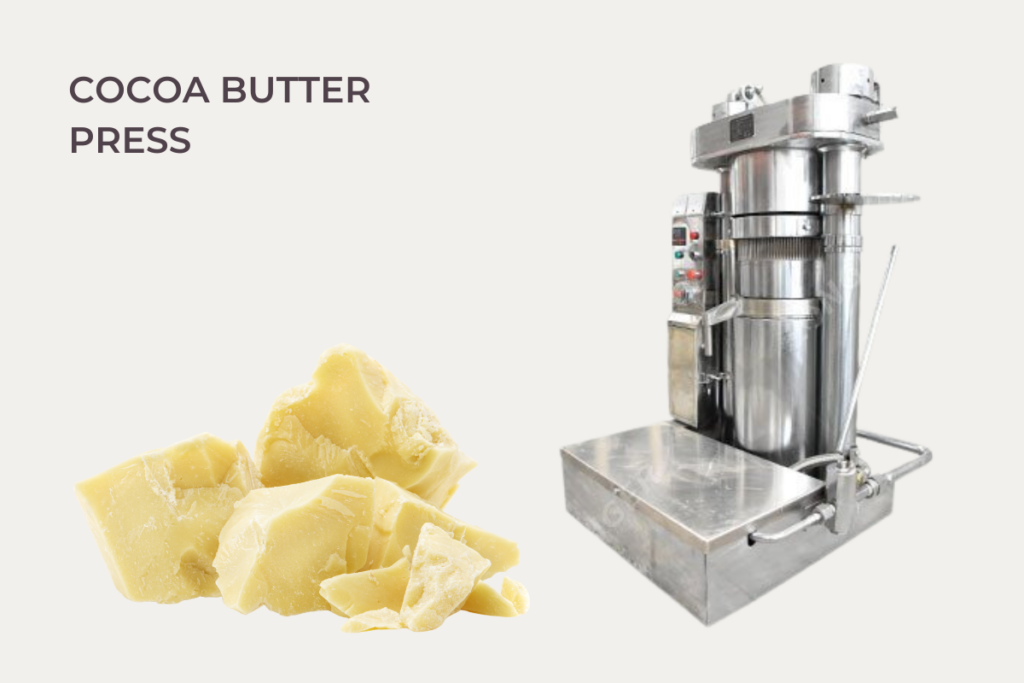
- Refining: The extracted cocoa butter is refined and filtered to remove any impurities, resulting in a pure, high-quality product.
- Cooling: The cocoa butter is cooled and solidified into blocks or pellets for packaging and distribution.
Natural vs. deodorized cocoa butter
Cocoa butter can often be found in two forms, natural and deodorized. Depending on the desired flavor characteristics and processing levels, different products may promote one over the other.
Natural Cocoa Butter: Natural cocoa butter retains its rich, natural cocoa scent and flavor. Ideal for use in chocolates and products where a cocoa aroma is desired. It’s minimally processed, which preserves more nutrients and antioxidants.
Deodorized Cocoa Butter: Deodorized cocoa butter has a neutral scent and flavor, making it versatile for applications that don’t require a cocoa aroma, like lotions, cosmetics, and some confections. It undergoes additional processing to remove the cocoa scent, which may slightly reduce its nutrient content. Some craft makers of uniquely flavored, single-origin chocolate will use deodorized cocoa butter so that the resulting chocolate will retain its original flavor profile.
Single origin cocoa butter
Single-origin cocoa butter is cocoa butter made from cacao beans that come from just one specific region, farm, or cooperative. Unlike blends from various places, single-origin cocoa butter has a unique flavor and qualities tied to its specific origin. Factors like the region’s soil, climate, and farming practices shape its distinct taste.
What form does cocoa butter come in?
Cocoa butter can be purchased in multiple different form factors. The form factor is sometimes dependent on the specific supplier, based on the processing equipment that they have available. You can find cocoa butter being sold in the following forms:
- Blocks
- Chunks
- Discs or wafers
- Kibble
- Chips
Uses of cocoa butter in chocolate making
Cocoa butter is essential in chocolate, giving it a smooth, creamy texture and that melt-in-your-mouth feel. It also balances the flavor and consistency, making chocolate rich and delicious.
In chocolate making, cocoa butter is essential for creating a smooth, melt-in-the-mouth texture that enhances the overall flavor experience. Its low melting point allows chocolate to melt luxuriously at body temperature, releasing rich flavors and making it more enjoyable. It also provides a stable structure that keeps chocolate solid at room temperature, preventing it from becoming too soft or oily. While it has a mild flavor, cocoa butter enhances chocolate’s taste by carrying cocoa solids and sugar across the taste buds, releasing complex flavors as it melts. This balance smooths out the bitter, sweet, and creamy notes, making for a refined and enjoyable chocolate experience.
Cocoa butter also adds a glossy finish and satisfying snap, which are characteristic of well-tempered chocolate. Additionally, it helps with molding and shaping, ensuring the chocolate holds its form and has an appealing appearance—making it perfect for bars, molded chocolates, and other confections.
White chocolate and cocoa butter
Cocoa butter is essential in white chocolate, giving it a creamy texture and rich, smooth mouthfeel. Unlike dark or milk chocolate, white chocolate doesn’t contain any cocoa solids; it’s made from cocoa butter, sugar, and milk powder. This is why many people don’t consider white chocolate “real” chocolate.
The cocoa butter gives it a mild, subtle chocolate flavor (when using natural cocoa butter) and a velvety texture that melts easily in your mouth. Cocoa butter also makes white chocolate versatile for desserts, as it blends well with flavors like vanilla or citrus, enhancing various treats and confections.
Colored cocoa butter
Colored cocoa butter is often used in chocolate making to add bright colors and unique designs to chocolates. Made by mixing cocoa butter with food-safe colors, it lets chocolatiers decorate chocolates with eye-catching designs and patterns.
It can be brushed, sprayed, or molded onto chocolate, giving a glossy, polished look. Chocolatiers love using colored cocoa butter for decorating molded chocolates, bonbons, and other pieces because it sticks well to chocolate without affecting its taste or texture. With this versatile ingredient in their tool chest, they can customize their creations, making them more attractive and unique.
Colored cocoa butter is also used to make transfer sheets, decorations printed on thin plastic films that can be transferred to a chocolate’s surface.
Use of cocoa butter in other industries
There are many uses of cocoa butter beyond chocolate making. It is a key ingredient in a variety of other industries:
Skincare Products: Cocoa butter is commonly found in lotions, creams, and balms because of its great moisturizing benefits. It helps soothe dry skin, reduce scars, and improve skin elasticity, making it a popular ingredient in stretch mark creams.
Lip Care: Cocoa butter is a common ingredient in lip balms and glosses because it hydrates and protects lips from dryness, especially in cold or windy weather.
Hair Care: Many hair products, like conditioners and masks, include cocoa butter to nourish and moisturize dry, brittle hair. It improves texture, adds shine, and reduces frizz.
Cooking and Baking: Cocoa butter is a healthier alternative to other fats in baking and cooking. It adds a subtle chocolate flavor and is often used in plant-based recipes and raw desserts.
Soaps and Lotions: Cocoa butter’s moisturizing and soothing properties make it a great addition to soaps and lotions, leaving your skin feeling soft and smooth.
Massage Therapy: Cocoa butter’s smooth and rich texture makes it perfect for massage oils and lotions, providing easy glide and hydration during treatments.
Pharmaceuticals: Cocoa butter is commonly used in some medications, especially suppositories, because it is solid at room temperature but melts at body temperature.
For those looking for cocoa butter alternatives, there are some readily available products that can substitute.
How to measure and melt cocoa butter for chocolate recipes
- For precise measurements in chocolate making, it’s best to weigh cocoa butter with a kitchen scale. Cocoa butter is typically measured in grams or ounces, depending on your recipe.
- If your cocoa butter is in blocks, chop it into small, even pieces for uniform melting. If you’re using cocoa butter wafers or chips, just measure the amount you need.
- Cocoa butter can also be measured by volume, but it will have to be melted first to get an accurate measurement.
We hope that you found all this information about cocoa butter helpful. If there’s anything you’d like to add, send us a note. For more great articles and recipes, check out the rest of our CocoTerra blog.
If you have any questions or comments, feel free to contact us through our social media channels. We are @cocoterra_co on Instagram and Pinterest and @cocoterraco on X (aka Twitter) and Facebook.

